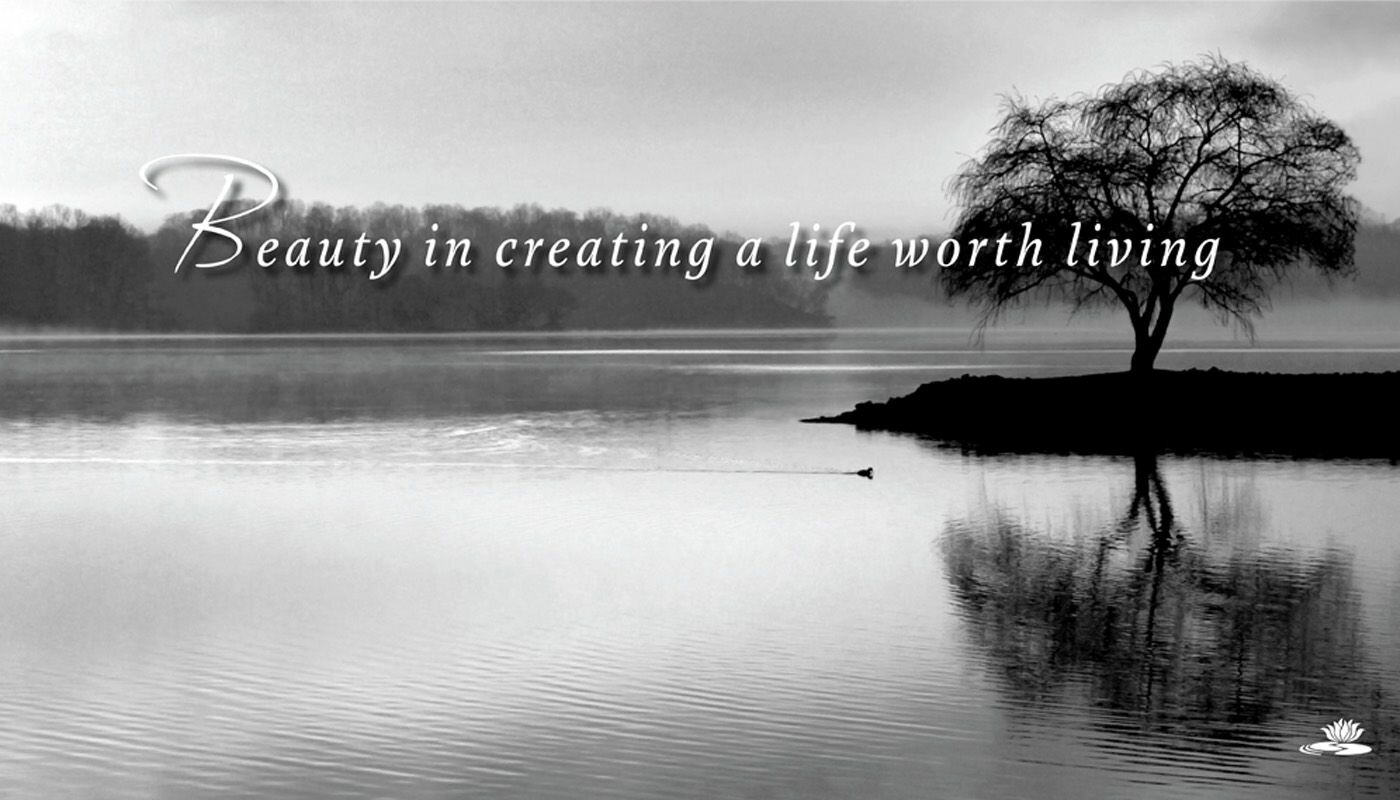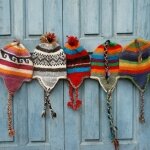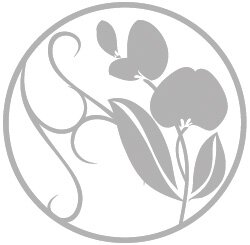
Every person has their own personal language based on their individual experiences as they go through life. Often, people use the same words to communicate to one another. However, depending upon each person’s experiences and associations, those words may mean different things. For instance, the word “love” is used often and liberally to describe many things. To someone who has had positive experiences tied to what is expressed as “love” the word has a positive association to it. To someone who has had negative experiences associated with the word, they might associate things with “love” that they wish to avoid like depression or anxiety. Although, the word “love” maybe symbolic of romance to some people, it can also be used to simply express an appreciation for a favorite color or food. Just as each human being has their own personal verbal or conceptual language, every person also has their own visual language built on associations to colors, images and artwork. Each element that creates this visual language is symbolic and metaphorical in nature.
An archetype is a constantly reoccurring, very typical example of a certain person or thing that is symbolic in nature. A commonly applied symbol of “love” may be a heart. Every culture, depending on their own beliefs and associations, has their own symbols and archetypes as well. On a micro level, a culture can be as small as one found in a specific place of business or a family. On the macro level, a culture is representative of the citizens who make up a country or members of society on a universal level, too. Archetypes present themselves in stories such as mythology, in the movies, literature or even in our day-to-day lives in our own minds.
The psychologist Carl Jung theorized an understanding of archetypes as universal, archaic patterns and images that derive from the collective unconscious and are the psychic counterpart of instinct. To him, they are autonomous and hidden forms, which are transformed once they enter consciousness and are given particular expression by such individuals and their cultures. Many of his ideas for archetypes were based on Plato’s Forms, which were examples of types of people who are common to all humanity and the foundation on which each person builds his or her own experiences as they go through life. Some examples of such archetypes include archetypal events such as birth, death, separation from parents, initiation, marriage, the union of opposites; archetypal figures such as the mother, father, child, god, wise old man, wise old woman, the trickster, the hero; and archetypal motifs like the apocalypse or the creation.
Part of the Art Therapist’s role at residential treatment centers for mental health is to aid each client struggling with depression and anxiety in discovering and learning how to express his or herself through their own personal visual language. Just as every artist seen in a museum has their unique own style and meaning in their artwork, so does every person who walks through the doors of the Art Therapist office. It doesn’t matter if that client has never even held a pencil before. Each and every person is unique and capable of leaving their mark on the world in a way that has never occurred prior to that moment that they place the pencil onto a piece of paper or paint brush to canvas. That moment in art has never happened before and will never happen again in just the same way.
On the journey to self-discovery, it is vital part of introspection to explore one’s own beliefs, experiences and associations. In communication between people, in order to truly understand one another, it is important to understand where each other are coming from. An exercise that can be helpful in exploring these subjects would be to create a list of archetypes and symbols that feel relevant to one’s own life and then to create artwork around them. What does it mean to be a mother, father or a child? What does a hero look like? Paint, draw or collage an image that embodies those associations for each symbol and learn to understand the roots of that visual language as you review your creative projects. It might be surprising what is found on the other side of the journey. It may even be the path that leads one to feeling at home in his or her own skin.
























































